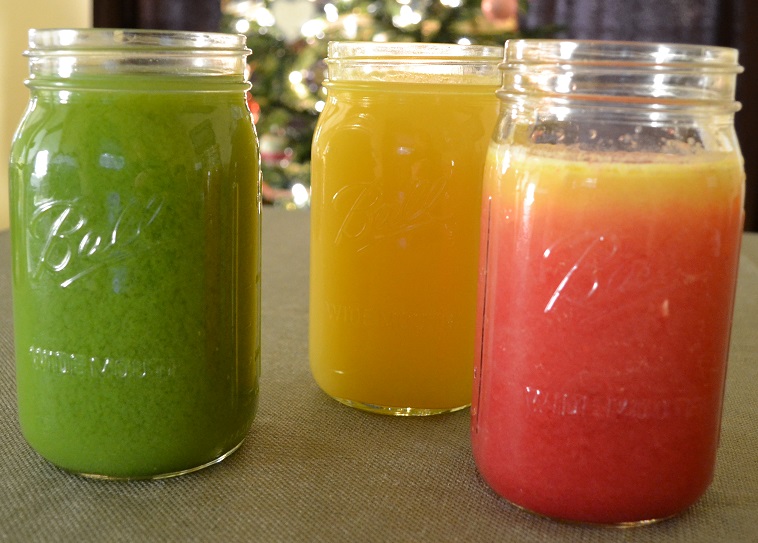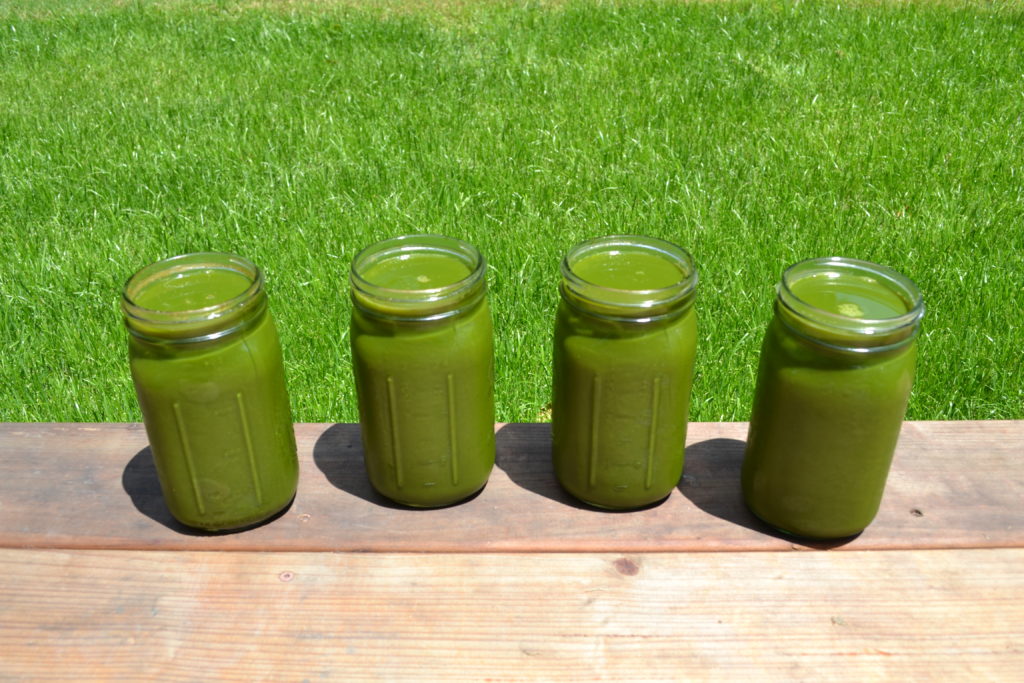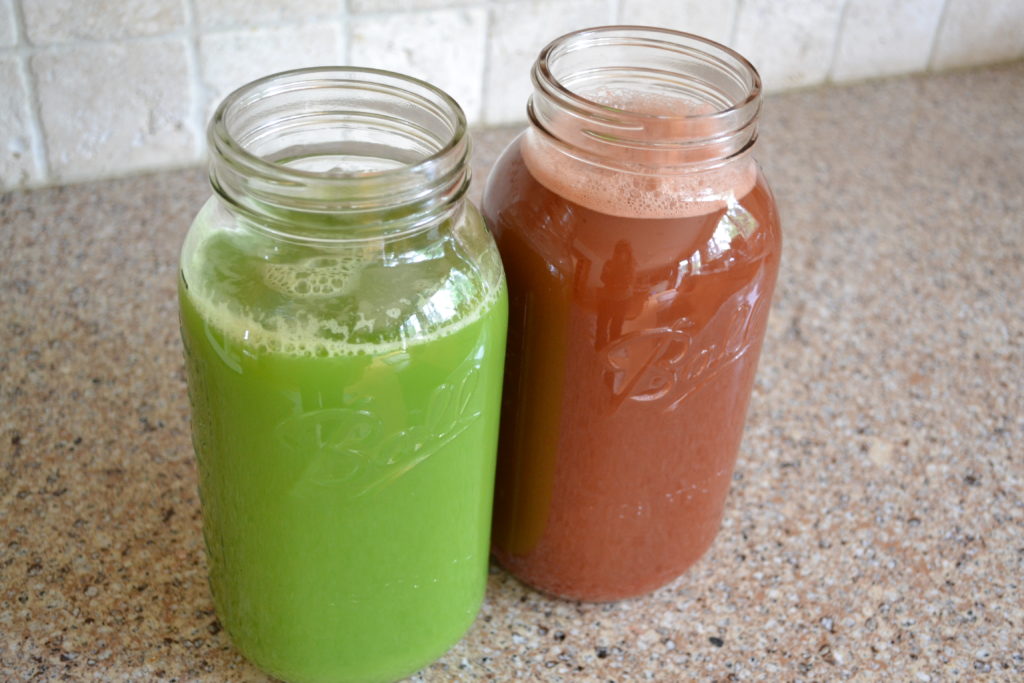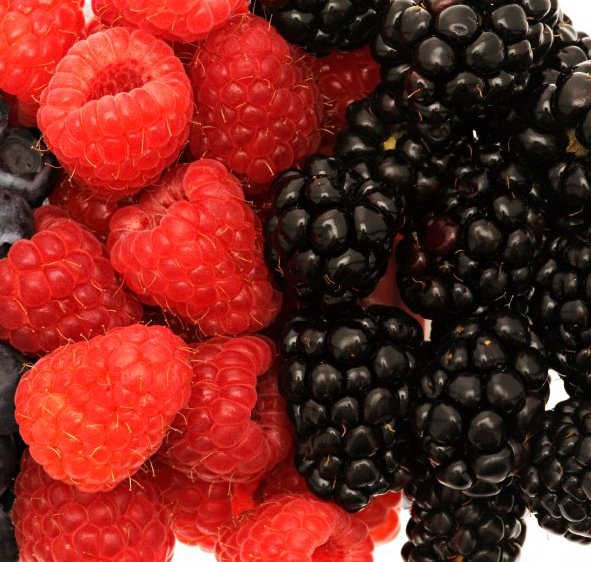
It’s no secret that fruits and vegetables can play an instrumental role in the proliferation of beneficial bacterial species living in our intestinal microbiome. Our microbiome is the community of bacteria and other microbes living within our bodies.
A large percentage of the bacteria living in our gut microbiome are from two major classifications known as Bacteroidetes and Firmicutes (Jandhyala et al., Henning et al.).
Does diet have an effect on the balance of these two types of bacteria?
The general trend in the scientific literature shows that Firmicutes prevalence in our microbiome is associated with a standard western diet (Henning et al., Glick-Bauer et al.), while Bacteroidetes has been linked to a more whole food-focused diet.
So, what about plant-based or vegan diets?
A member of the Bacteroidetes classification known as Prevotella was found to be linked to a whole plant food-containing diet (Losasso et al., Hollister et al.) such as a whole food vegan diet (Franco-de-Morales et al.). An increase in beneficial bacterial species in the microbiomes of plant-based diet enthusiasts has been observed (Kumar et al.) and high fiber diets tend to increase the abundance of Bacteroidetes and decrease the abundance of Firmicutes.
To summarize, one can expect to find a prevalence of Firmicutes in the microbiomes of standard western diet eaters, while one tends to find a prevalence of Bacteroidetes in the microbiomes of people who eat more whole foods, including those who eat plant-based or vegan diets.
How does the prevalence of certain bacterial types in our microbiome relate to our health?
Prevalence of Bacteroides and Prevotella are “associated with human health” and “may serve as key indicators of GI microbiome wellness” (Hollister et al.).

But what about fruit and vegetable juices?
Since whole plant foods and the fiber they contain tend to be associated with an increase in Bacteroidetes, specifically Prevotella, and a decrease in Firmicutes, then what would happen to the bacterial composition of one’s microbiome if they drank fruit or vegetable juice? And what would the bacterial species in their microbiome look like after a few days on juice?
A group of researchers (Henning et al.) enrolled 20 adults to consume fresh vegetable and fruit juices only for 4 days. On day 4 of the juicing plan, the abundance of Firmicutes was significantly decreased, while Bacteroidetes was significantly increased in comparison to baseline. Bacteroides, a type of bacteria that is a member of the Bacteroidetes classification, is known to degrade plant fibers from fruits and vegetables. In this study, 8 Bacteroides species were significantly increased after 4 days on the juice-only diet.
It would be very interesting to have a side by side comparison between the effects of consuming juice only versus a whole food plant-based diet on our microbiome. But as we can see here, even a short-term fruit and vegetable juicing program, despite being lower in fiber than whole food, can have a beneficial effect on the bacterial composition of our microbiome!
People often think of fruit and vegetable juices as being completely devoid of fiber, but anyone who has made their own fresh juice knows that some of the fiber from the ingredients makes it into the juice. After a little while of sitting, you can easily see that the fiber has separated from the liquid. The fiber that we can see is known as insoluble fiber. Another type of fiber that can be found in fruit and vegetable juices is known as soluble fiber.
Of course, there are other nutrient considerations with juicing versus eating whole foods. Nonetheless it was really interesting to see the beneficial shift in microbiome composition from fruit and vegetable juices in such a short period of time!

Franco-de-Moraes AC, de Almeida-Pititto B, da Rocha Fernandes G, Gomes EP, da Costa Pereira A, Ferreira SRG. Worse inflammatory profile in omnivores than in vegetarians associates with the gut microbiota composition. Diabetol Metab Syndr. 2017;9:62.
Glick-Bauer M, Yeh M. The health advantage of a vegan diet: exploring the gut microbiota connection. Nutrients. 2014 Oct 31;6(11):4822-38.
Henning SM, Yang J, Shao P, et al. Health benefit of vegetable/fruit juice-based diet: Role of microbiome. Sci Rep. 2017;7(1):2167.
Hollister EB, Gao C, Versalovic J. Compositional and functional features of the gastrointestinal microbiome and their effects on human health. Gastroenterology. 2014 May; 146(6):1449-58.
Jandhyala SM, Talukdar R, Subramanyam C, Vuyyuru H, Sasikala M, Nageshwar Reddy D. Role of the normal gut microbiota. World J Gastroenterol. 2015 Aug 7;21(29):8787-803.
Kumar M, Babaei P, Ji B, Nielsen J. Human gut microbiota and healthy aging: Recent developments and future prospective. Nutr Healthy Aging. 2016 Oct 27;4(1):3-16.
Losasso C, Eckert EM, Mastrorilli E, et al. Assessing the Influence of Vegan, Vegetarian and Omnivore Oriented Westernized Dietary Styles on Human Gut Microbiota: A Cross Sectional Study. Front Microbiol. 2018;9:317.
Disclaimer: This article is for informational and educational purposes only. It is not intended to be used as medical advice and should not be used to diagnose or treat any medical condition or as a substitute for individual health care. This information is given with the understanding that the presenters and authors are not liable for misconception, misuse, or adverse effects resulting from its use. Any type of dietary change, juicing program, or nutritional therapy should always be undertaken with the supervision of a qualified health care practitioner.

